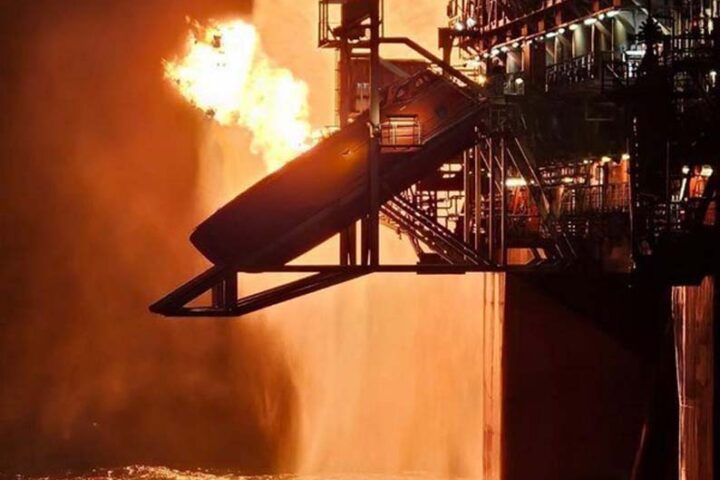.
Marcuard's Market update by GaveKal Dragonomics
So much for the gentle year-end that looked to be in store after the swift recovery from October’s sell-off.
Investors now face an acute dilemma as oil demand estimates get scaled back and the energy complex howls: does the effective tax cut delivered to oil consumers outweigh the effects of capital destruction and rising bad debt that must result from a 40% fall in prices? US equity investors have mostly cheered the onset of $2 a gallon gasoline and focused on what looks like a galloping economic recovery. But, while US equities were clearly primed for a pull-back, the blow-out in high yield spreads in recent days raises broader concerns about contagion.
At Gavekal, we are seeing the end of a capital investment cycle that will still deliver real productive uses. Yes, there will be credit consequences from mal-investment, but our broad call has been that the commodity downturn, while a wrenching experience for some emerging markets, is not a game changer for global growth. The main risk to that neat position is a disorderly unwind in the energy markets. With the big economies still facing acutely deflationary forces, as evidenced by soft inflation expectations and high-grade bonds continued stellar performance, the system is hardly well placed to deal with another crisis.
On this score, the evidence from the credit markets is mixed. Stress in the high-yield space remains concentrated in energy. There has been a broad blow-out in spreads across the non-investment grade spectrum in recent trading sessions, but not yet to worrying levels. The US energy sector, which makes up about 20% of fixed income benchmarks, is certainly pricing in substantial defaults, although to date there have not been substantial bankruptcies. That will surely come, but the real question is how big are the players’ affected?
For a single sector credit problem to take on systemic proportions, it needs to threaten the banks. That was the situation in 2007 and 2008 when a 5-10% fall in US real estate prices effectively wiped out US bank capital. This time around it is harder to identify the weak hands holding US energy paper. Obvious victims are commodity-focused hedge funds and a number of those have closed their doors. However, there is little evidence of concentrated ownership of US energy paper within an identifiable set of financial institutions. Outside of the US, it is far more likely that the usual suspects among European banks will be up to their necks in credit advances to Russian oligarchs and other relatively high cost producers. As such, the continued weakness across Europe makes a good deal of sense.
Should oil prices stabilise in the current range, global markets could be looking at a “goldilocks” environment of moderately improving growth and the good variety of disinflationary pressure. As such, high-yield US energy bonds could make for a plucky trade.
Last week’s risk-off reaction was sparked by an OPEC report predicting lower oil demand. The bigger concern for financial stability remains supply responses as Middle Eastern producers were moving the goal posts in response to the threat from shale producers by becoming “marginal cost producers”. In this scenario, prices go much lower, resulting in a large amount of global oil reserves effectively being stranded. That remains an outlier scenario, but each lurch down in the oil price raises the chance of an event or policy mistake sparking a crisis.







